The electric vehicle (EV) revolution isn't coming — it's already here. Americans purchased a record 250,000 electric vehicles in the first quarter of 2023, according to Kelley Blue Book. U.S. EV sales are on pace to top one million annually for the first time. All of this comeas after 2022, which saw EV sales rise 65% compared to the previous year.
What does that mean for your business? It means that there are a lot of EV drivers out there, and many more in the years to come. Customers, visitors and potential employees will be looking for a place to charge their EVs. Why not your business. Here are just a few of the ways that EV charging can positively impact your bottom line.
More customers. By simply installing a charging station, you'll attract new customers in the form of EV drivers looking for a place to charge their vehicles. Your new customers will become repeat customers since they'll know where they can get a charge.
Increased revenue. EV drivers may also spend more time in your location as they wait for the vehicles to charge, giving them more time to browse and spend more money. You can generate additional revenue by establishing a service fee for each vehicle charging session.
More satisfied employees. EV charging can help attract and retain employees by giving them a convenient place to charge their EVs. Also, surveys have shown that employees want to work for companies that care about sustainability.
Enhanced company image. Charging stations help show that your company cares about the environment and is on the leading edge of new technology. It can also be a competitive advantage, helping your business stand out in a crowded marketplace.
Levels of charging
There are three types of EV charging stations available — Level 1, Level 2 and DC fast charging (formerly Level 3). Level 1 is mostly for home use. Level 2 charging stations require 240-volt alternating current, the same voltage typically used for larger appliances. Level 2 chargers take from three to eight hours to charge an empty battery. Installing a Level 2 charger may cost you up to a few thousand dollars or more, depending location and the wiring and infrastructure required.
DC fast chargers use a 480-volt direct current power. They can charge a vehicle in 30-minutes or less. DC fact chargers can cost up to tens of thousands of dollars to install.
Financial incentives for EV charging
If the cost of installing EV charging doesn't fit your budget, federal tax incentives are available, thanks to the Inflation Reduction Act of 2022. If you install EV charging stations or EV charging equipment, your business is eligible for tax credits of up to 30% of the total cost of equipment and installation, subject to a limit of $100,000. There may also be more local incentives in the DSIRE database.
Eligible charging equipment must be installed in areas that meet specific demographic requirements. Projects must also adhere to certain labor standards. For many businesses, however, the tax credit provides an opportunity to significantly reduce the cost of installing EV charging stations.

